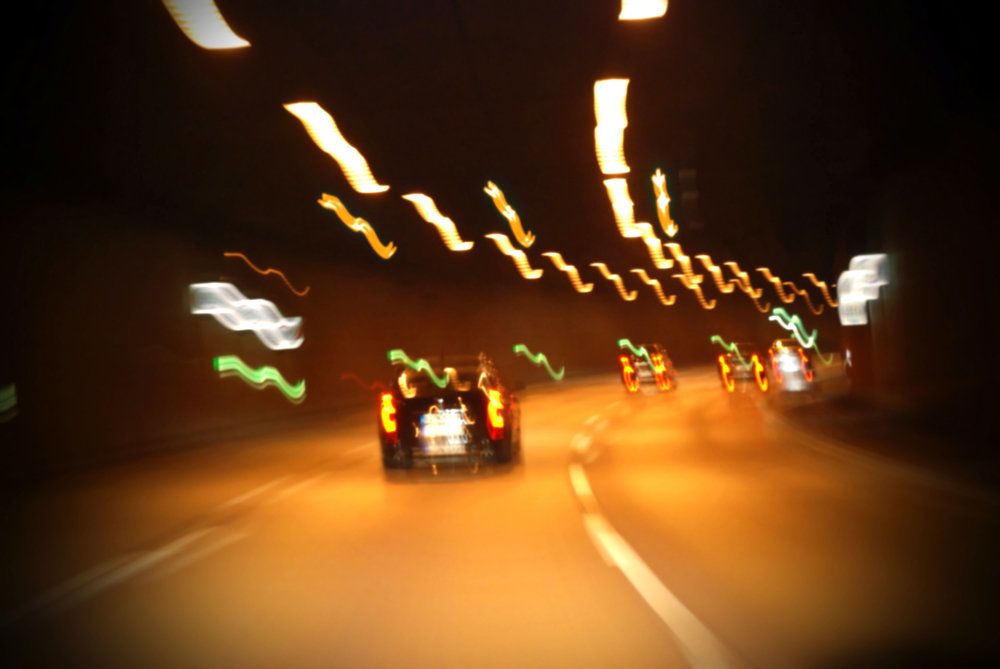When Is it Safe to Drive after LASIK?
 There are millions of Americans who suffer from some type of vision impairment. The most common forms of vision loss are nearsightedness, farsightedness, and astigmatism. Each of these conditions can be treated with glasses or contact lenses. However, prescription lenses are only a temporary solution, and most people grow tired of the responsibility of caring for lenses. That is why so many patients turn to LASIK.
There are millions of Americans who suffer from some type of vision impairment. The most common forms of vision loss are nearsightedness, farsightedness, and astigmatism. Each of these conditions can be treated with glasses or contact lenses. However, prescription lenses are only a temporary solution, and most people grow tired of the responsibility of caring for lenses. That is why so many patients turn to LASIK.
LASIK reshapes the cornea to address abnormalities and provide the patient with clearer, crisper vision. A common concern of our patients at Primary Eye Care Associates is driving after LASIK treatment at our Chicago, IL practice. Here, we discuss how quickly patients can resume driving after LASIK surgery, and whether it will have a long-term impact on night driving.
Can I Drive the Day of My Procedure?
LASIK is a minimally invasive procedure that is performed without the use of general anesthesia. Because the patient remains awake for the duration of the procedure, many question if they can drive themselves home following treatment. Patients are not allowed to drive immediately following LASIK treatment. They will need to arrange for a friend or family member to drive them home.
There are two primary reasons for this restriction. First, many patients are given a mild oral sedative to help them feel relaxed during treatment. Although the patient remains completely aware, they cannot drive under the effects of this sedative. Second, vision is likely to be very blurry for the first several hours after LASIK treatment. The eyes will also be extremely sensitive to light immediately following LASIK treatment. We recommend that patients wear dark glasses or shields over the eyes and rest the eyes as much as possible for the first several hours after LASIK.
How Soon Can I Drive?
The day after the LASIK procedure, patients will have a follow-up appointment. For most patients, vision has cleared to the point that they can safely drive to this appointment. However, we ask patients to err on the side of caution and have a friend or family member drive them to this appointment. If the eyes and vision look good at this follow-up examination, patients will be free to resume driving.
Night Driving and LASIK
Although driving during the day should not be a problem the day after LASIK treatment, night driving may be effected. Many patients experience glares or halos around sources of light. This is a common side effect of LASIK surgery that should resolve itself within several days, though it occasionally lasts for weeks or months. If these side effects are severe, patients may wish to avoid driving at night until the glares and halos dissipate. Again, most patients regain their regular night vision within just a few days after LASIK surgery. Once the eyes have completely healed from treatment, night driving should not be a problem for LASIK patients.
Contact Us
LASIK offers patients safe, effective, and long-term vision treatment. If you have questions about the LASIK procedure or the recovery process, contact us at your earliest convenience.


